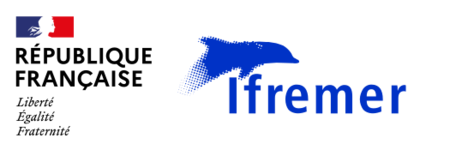JERICO-NEXT connects European research to observe coastal waters
More accurate sensors to measure carbon flows, new methods to identify microalgae and pesticides or sweeteners detected in the sea for the first time: the JERICO-NEXT European project has contributed to developing tools to monitor coastal waters. It ended with a general assembly from 1st to 5th of July, at the Ifremer Centre in Brest (France).
Which chemical elements are found near the coast? How does the coastal ocean absorb atmospheric CO2? What is the status of marine coastal diversity? Three questions among the many asked, to allow us to gain a better understanding and safeguard coastal environments. A European project coordinated by Ifremer began in 2015 to improve observation systems that collect data on coastal waters. It concludes this year, with a week-long general assembly that will bring all the partners together at the beginning of July. Named JERICO-NEXT, it is a direct extension of the JERICO project, which ran from 2011 to 2015. It was financed by the European Horizon 2020 programme. The goal: to share observation resources and to standardise analysis methods to provide a set of harmonised European data.
Many different types of sensors and samplers are used to observe the ocean. They are placed on different types of supports, depending on the research aims: unmanned vehicles can measure physico-chemical parameters in the water column, while devices placed on ferries will collect data closer to the surface. These devices may be supplemented by radar observations made from coastal shore, used to study the waves and currents, as well as fixed observatories placed on the seabed or on sea-surface platforms. The project combines physical, biochemical and biological measurements to gain a better understanding of the ecosystems.
JERICO-NEXT brought together 34 partners from 15 European countries: research organisations and private companies. It also gave outside research teams access to the observation resources of the network, to conduct their own studies. Other parts of the project were dedicated to developing new instruments and to managing the data produced. Illustration with four following examples of studies conducted.
Further information is available in our press release.
